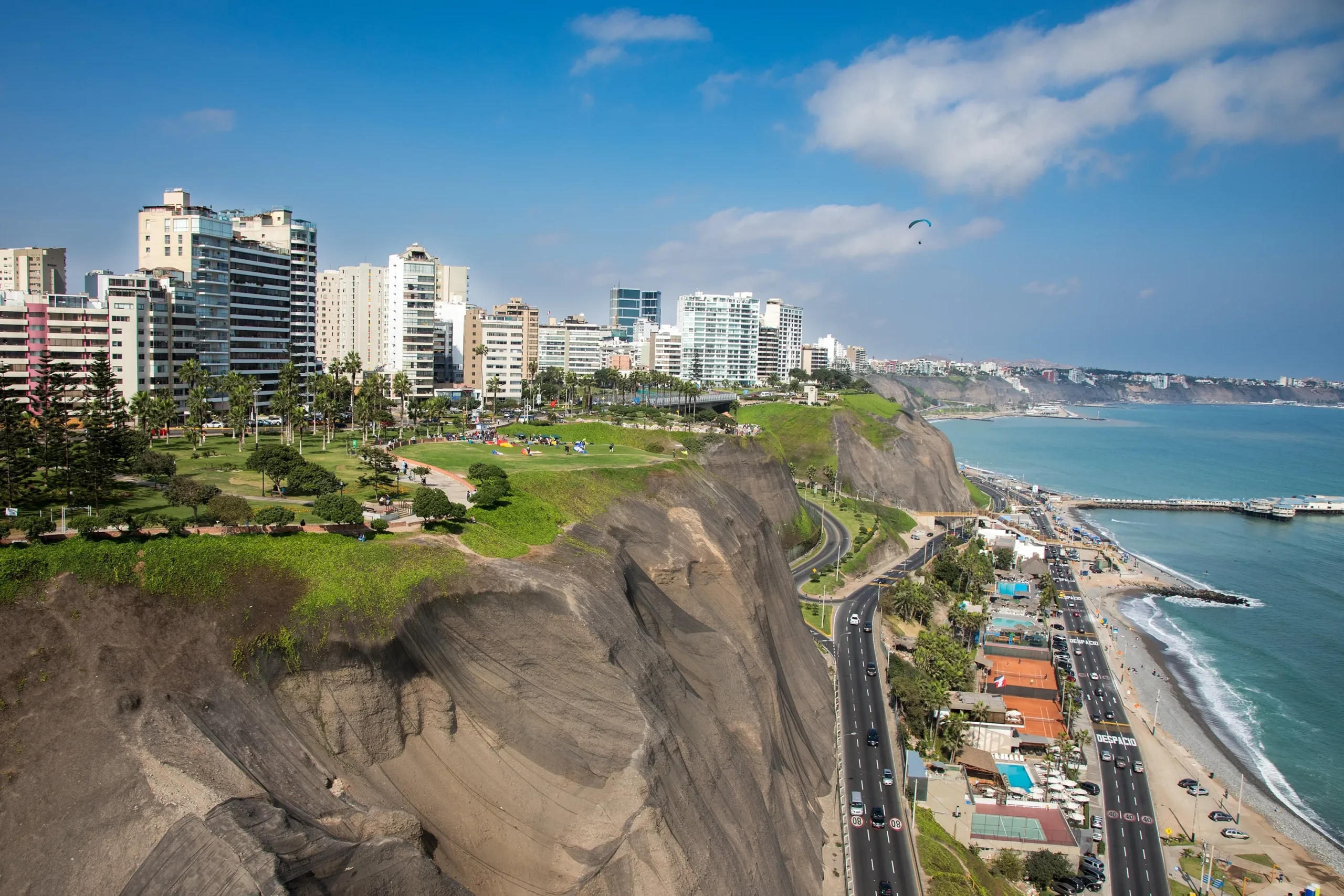
Canada Issues Travel Warning For Popular South American Capital Amid ‘State of Emergency’
How did your country report this? Share your view in the comments.
Diverging Reports Breakdown
Canada Issues Travel Warning For Popular South American Capital Amid ‘State of Emergency’
Canada just released a new travel advisory for Peru, after the local government declared a state of emergency for the provinces of Lima, where the capital is located, and Callao. The Canadian government also recommends that tourists avoid ‘non-essential travel’ to several areas in the country and assigns Peru a yellow code, meaning ‘exercise increased caution’ This article discusses everything you should know about the Canadian travel advisory to Peru, including which regions should be avoided and why. The U.S. Embassy Warns Of New Vaccs Rule At Popular Cruise Destination Of Peru. The government of Canada is now advising tourists to avoid travel to this beautiful Central American country amid a national health crisis. By The Canadian Government Issued 325956559 Pakawadee Wongejinda | Dreamstime.com map on background. The state of Emergency will last until July 16 and will be active in the districts of: Ate, Carabayllo, Comas, San Juan de Lurigancho, San Martín de Porres, and Villa el Salvador.
The Canadian government also recommends that tourists avoid ‘non-essential travel’ to several areas in the country and assigns Peru a yellow code, meaning ‘exercise increased caution.’ This article discusses everything you should know about the Canadian travel advisory to Peru, including which regions should be avoided and why.
State Of Emergency For Lima And Callao
Photo by Alvaro Palacios on Unsplash A scenic drive winding near a body of water in Lima, Peru
The government of Peru has recently declared a state of emergency in the Callao province, as well as some districts in the province of Lima, the capital of the country. The state of emergency will last until July 16 and will be active in the districts of:
Ate
Carabayllo
Comas
Puente Piedra
San Juan de Lurigancho
San Martín de Porres
Villa María del Triunfo
Villa el Salvador
During this period, tourists are required to always carry an ID and avoid passengers while driving a motorbike. The government of Canada claims that the Peruvian government often declares regional states of emergency, even though these are usually issued for the areas near the border with other countries, such as Ecuador and Colombia. In this regard, the government of Canada states:
A state of emergency allows the military to assist police forces to respond to security incidents and natural disasters. When a state of emergency is in effect, security forces have increased rights to restrict freedom of movement, monitor correspondence, conduct search and seizures, detain persons of interest.
Travelers now in the area where the state of emergency was declared should exercise increased caution, monitor local news, and always follow local authorities’ guidelines.
Canada Issued Regional ‘Avoid Non-Essential Travel’ Warnings To Peru
Apart from warning its citizens about the current state of emergency in some Peruvian provinces, the government of Canada assigned a yellow code to this country, meaning travelers are advised to ‘Exercise a high degree of caution’. However, a few regional advisories also suggest that tourists avoid non-essential travel. The areas where visitors are advised not to go include:
Huallaga and Tocache provinces (department of San Martín)
Upper Huallaga and Ene river valleys (departments of Huánuco and San Martín)
Padre Abad province (department of Ucayali)
Huacaybamba, Humalíes, Leoncio Prado, and Marañón provinces (department of Huánuco)
Concepción and Satipo provinces (department of Junín)
Tayacaja province (department of Huancavelica)
Districts of Abancay, Andahuaylas, and Chincheros (Department of Apurímac)
Huanta and La Mar provinces (department of Ayacucho)
Valley of Apurimac, Ene, and Mantaro rivers
According to the Canadian government, tourists should avoid these areas due to instances of domestic terrorism as well as criminal activities. Some of the crimes reported in these regions include robberies, kidnapping, extortion, drug trafficking, and raids.
Avoid Non-Essential Travel To Border Areas
The areas mentioned above aren’t the only ones tourists should avoid unless absolutely necessary. The borders with Colombia and Ecuador are also deemed dangerous. In the former case, tourists should avoid the area 20 km from the border due to drug trafficking and possible incursions by armed guerrilla forces. In the latter case, travelers are also advised to keep a 20 km distance from the border due to the safety threat posed by landmines. The Cordillera del Cóndor region is considered especially dangerous.
Related U.S Embassy Warns Travelers Of New Vaccination Rule At Popular Cruise Destination U.S. visitors to this beautiful Central American country will need to have been vaccinated amid a national health crisis
Other Advisories Recently Issued By The Canadian Government
ID 325956559 © Pakawadee Wongjinda | Dreamstime.com Canada flag on world map background
Apart from the recent travel warning for Peru, there are several other updated advisories travelers should keep in mind before booking their trip abroad. The government of Canada is now advising tourists to avoid specific areas of Mexico. In addition, Canada has also recently updated its advisory to the Philippines, asking travelers to avoid Western Mindanao.
Of course, there have also been some updates concerning safe countries. For instance, the Canadian government has recently issued travel advisories for Japan, Panama, Rwanda, and Slovenia, suggesting tourists to ‘take normal security precautions.’
Source: https://www.thetravel.com/canada-travel-warning-peru-lima/
